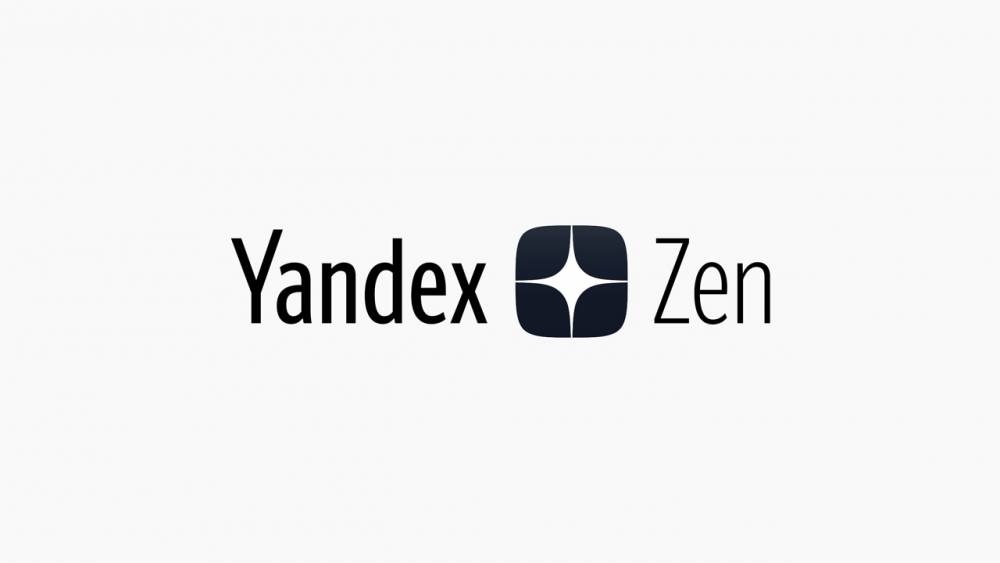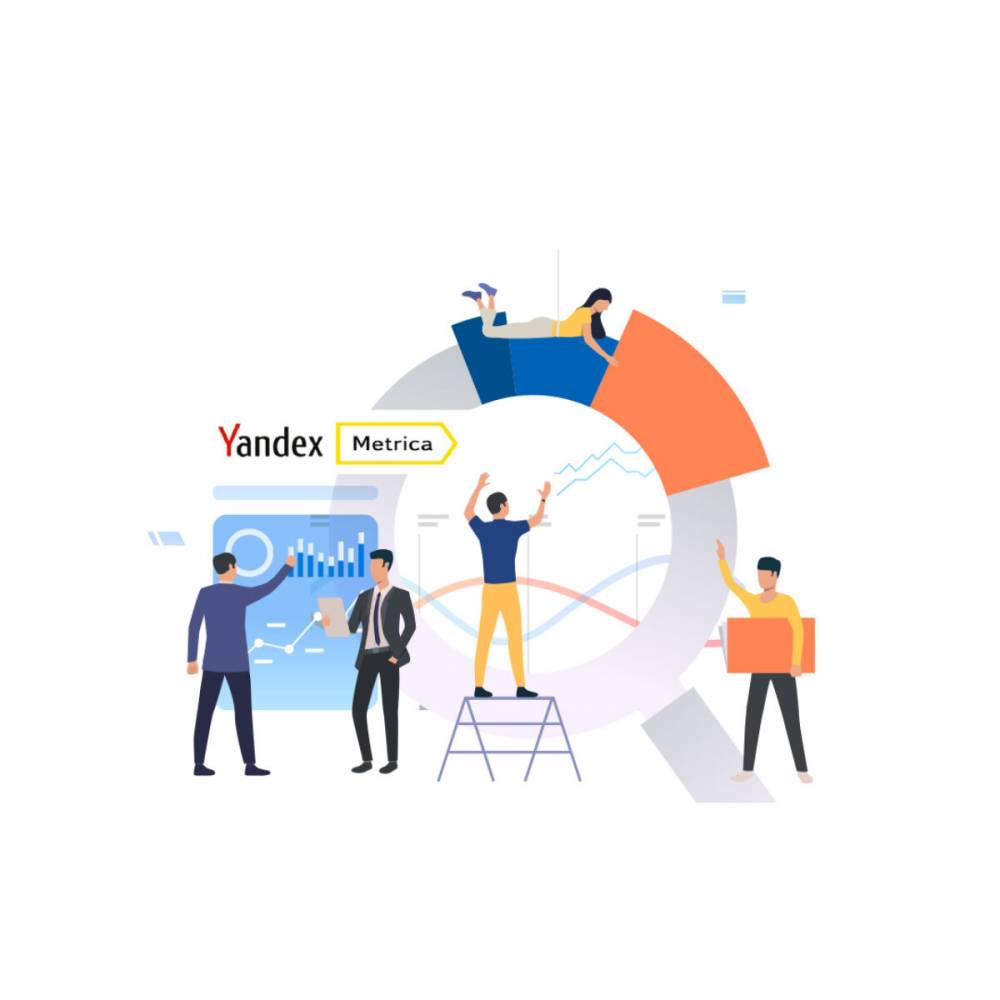Human assets in the industry are critically important as they directly affect service quality and ultimately the success and reputation of the business. By investing in the acquisition, development, participation and retention of their employees, industry managers can increase their service quality and corporate success, making them more valuable to the industry.
Human assets refer to the value employees add to an organization through their knowledge, skills, and abilities, while human resources (HR) is a functional department responsible for managing the workforce, including selection, placement, recruitment, training, and compensation. Human resources focuses on the processes and practices that help organizations acquire, develop, and retain the talent they need to build and maintain their staff.
The main difference between human assets and human resources lies in their focus and perspective. Human assets invest in the development journey of employees towards the maximum potential they can reach, focus on developing them to guide corporate success and increasing their value in the sector. In contrast, human resource management is primarily concerned with the operational aspects of managing the workforce such as hiring, training, and employee relations.
However, especially in recent years, there has been a shift towards a more strategic approach to workforce management called Human Capital Management. HCM goes beyond traditional Human Resources practices by focusing on the strategic development, engagement and optimization of employees to maximize their value and contribution to the organization. In the industry, this approach includes investing in talent development, promoting a positive work environment, implementing effective workforce planning, and prioritizing employee engagement and retention. By adopting an HCM mindset, the business can develop human assets and gain competitive advantage.
In a rapidly evolving industry, organizations must find ways to differentiate themselves from the competition and deliver exceptional customer experiences. One of the main areas of focus is human values, which express the collective knowledge, skills and abilities of employees. Human assets have a profound impact on the industry as they directly affect service quality and customer satisfaction.

A. Employee Engagement and Empowerment:
Human values develop in an environment where employees are valued, connected to the company, and given authority and responsibility. In the industry this means:
- Develop a culture of open communication where employees can freely share their ideas and feedback.
- Encourage employees to take ownership of their work, allowing them to make decisions and contribute to the success of the organization.
- Recognize, appreciate and reward the achievements of employees, both individually and as a team.
B. Talent Development and Growth:
Investing in talent development is crucial and effective in maximizing the value of people in the industry. Application in the industry:
- Provide continuing education and development opportunities, both on the job and through external programs.
- Encourage employees to obtain professional certifications and continue training to improve their skills and knowledge.
- Enable employees to learn from experienced colleagues and industry leaders by implementing mentoring and coaching programs.
C. Workforce Optimization:
Optimizing the workforce is essential to effectively utilize human assets in the industry. For this:
- Implement strategic workforce planning to ensure the right employees with the right skills are in the right roles at the right time.
- Leverage technology and data analytics to forecast workforce demand, manage employee scheduling, and identify areas for improvement.
- Establish concrete and clear performance benchmarks and targets, providing employees with a clear understanding of their roles and expectations.
D. Employee Retention and Loyalty:
Retaining the best talent is vital to safeguarding human assets in the industry. To improve employee retention, the following should be done:
- Offer competitive compensation packages, including fair wages, benefits and performance-based incentives.
- Create a positive work environment by emphasizing teamwork, collaboration and a healthy work-life balance.
- Provide clear career progression paths that enable employees to envision long-term growth within the organization.
E. Diversity and Inclusion:
Embracing diversity and inclusion is crucial in order to maximize human value in the industry. A diverse and inclusive workforce can:
- Drive innovation and enhanced problem solving by bringing rich ideas, perspectives and experiences to the organization.
- Increase the company's reputation by making it more attractive to potential employees and customers.
- Make employees feel valued and respected for their unique contribution, thereby increasing employee satisfaction and engagement.
F. Collaboration and Knowledge Sharing:
It is essential to encourage collaboration and knowledge sharing in order to maximize the potential of human assets in the industry. To achieve this, the following can be done:
Implement team building activities and events to strengthen relationships and improve communication among employees. Promote cross-departmental collaboration by allowing employees to learn from colleagues in different roles and departments. • Leverage technologies to facilitate information sharing, such as internal communication platforms or information management systems.
28 March 2023 Tuesday tarihinde yayınlandı.
Sosyal Medyada Paylaş





